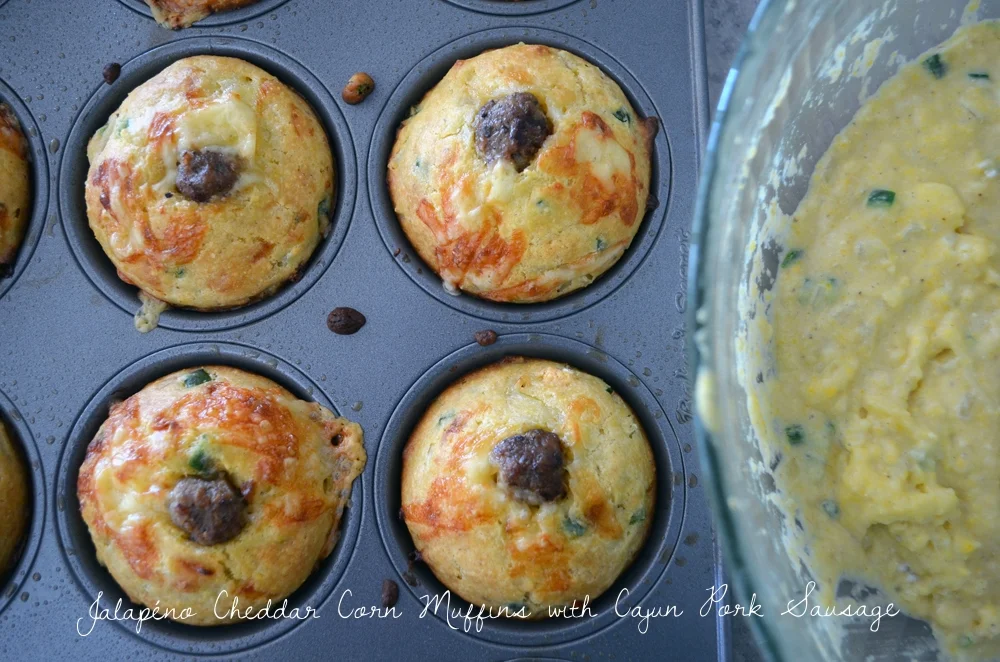Quacked for Duck Confit Tart
/There is something about duck that keeps me coming back for more. I recently participated in the Food Systems Network NYC's 3rd Annual Duck-Off hosted by Jimmy Carbone of Jimmy's No. 43. Some would call me a "quack" for taking on this challenge having just competed in the 5th Annual Cassoulet Cook-off that took me weeks to prepare an award-winning dish.
But how can I resist? Hudson Valley Duck Farm supplies the requested duck parts of our choice and it is for a great cause. When asked, I had one day to decide on my dish and committed myself to making a duck confit tart.
The next day, it dawned on me, I had to confit 20 duck legs and prepare Pate Brisee for the tart shells in my 400-sqare-foot New York City apartment. My stove is the size of an easy bake oven and the refrigerator is sized for a college dorm. Thankfully, I have a fire escape where I was able to store the 10lbs of duck fat for my confit.
Yep, I am definitely "quacked", but the effort won me 3rd place amongst talented Chef's like Micah Mowrey
and Andrew Gumpel of Gramercy Tavern who placed 1st for their duck
pastrami with sunchokes & aji dulce pepper jam. This duck confit tart is definitely worth a try.
Duck confit tart with caramelized onions, fennel, pear and brie
Duck Leg Confit
The confit is prepared in a centuries-old process of preservation that consists of salt curing a piece of meat (generally duck, goose or pork) and then poaching it in its own fat and refrigerating. This process is more time-consuming than daunting.
Can be done two weeks in advance.
ingredients
1/3 cup kosher salt
note: If you cannot get ahold of fresh duck legs or duck fat locally, there are resources online where you can order these duck products.
directions
- Mash 2 garlic cloves to a paste with a pinch of kosher salt. Then stir together paste, 1/3 cup of kosher salt, shallots, thyme, bay leaves, crushed juniper berries, and the four-spice blend in a large bowl. Add duck legs and toss to coat. Marinate, covered and chilled in a large pan, for 1 day.
- Wipe off marinade with paper towels. Thoroughly remove all the spices and herbs the best you can.
- Trim off 1/4 inch from top of garlic head and stick 2 whole cloves into head.
- Melt duck fat in a wide large pot over low heat. Once fat is translucent place duck legs and garlic head in. Cook uncovered, over low heat until fat registers approximately 190ºF, about 1 hour. You will need a deep-fat thermometer for this. Continue to cook duck, maintaining a temperature of 190 to 210º, for another 2-3 hours more or until a wooden bakers pick or toothpick slides easily into thighs.
- Transfer duck with a slotted spoon to a large bowl and reserve
the garlic minus the cloves for the tart mixture.
- Slowly pour duck fat through a fine-mesh sieve into a large deep bowl, leaving any meat juices in the bottom of pot. Pour strained fat over duck legs to cover by 1 inch.
- Cool to room temperature, about 2 hours. Once chilled at room temperature place in refrigerator covered.
- The duck legs should be kept in duck fat for at least 6 hours or until you are ready to use for the tart.
Pate Brisee
Pate Brisee has a rich buttery flavor and a crisp and crumbly texture which is ideal for
both sweet and savory pies, tarts, and quiches. This savory crust only has four ingredients; flour, water, salt and butter. Be sure to use quality ingredients and make sure your water and butter are cold when you are ready to use.
ingredients
directions
- Place the flour and salt in the bowl of a food processor, and process for a few seconds to combine.
- Cut up the cold butter into 1/2 inch cubes and process until the mixture resembles coarse meal, about the size of garbanzo beans. Pulse about about 10 seconds.
- Add the ice water slowly through the feed tube, just until the dough holds together. The dough should be visibly crumbly where you can pinch the dough between your fingers and should hold. You are not looking for a ball state here.
- Remove the crumbly mixture from the processor and place on a smooth surface. Work the dough only enough to just bring the dough together. Do not over-knead or your crust will end up tough.
- Divide the dough into two equal pieces, flatten each portion into a disk, cover with plastic wrap, and refrigerate for one hour before using. This will chill the butter and allow the gluten in the flour to relax. At this point you can also freeze the dough for later use.
- For each disk of pastry, on a lightly floured surface, roll out the pastry to fit into a 8 or 9 inch tart. To prevent the pastry from sticking to the counter and to ensure uniform thickness, keep lifting up and turning the pastry a quarter turn as you roll. To make sure it is the right size, take your tart pan and place it on the rolled out pastry. The pastry should be about an inch larger than your pan.
- lightly roll pastry around your
rolling pin and unroll onto the top of
your tart pan. Gently lay in pan and lightly press pastry into bottom and up sides of pan. Roll
your rolling pin over top of pan to get rid of excess pastry dough.
To prebake the tart - With the tines of a fork, prick the bottom of the dough (this will prevent the
dough from puffing up as it bakes). Cover and refrigerate for 20
minutes to chill the butter and to rest the gluten.
Preheat oven to 400° and place rack in center of oven. Line the unbaked pastry shell with parchment paper and fill the tart pan with pie weights or beans, making sure the weights are to the top of the pan and evenly distributed over the entire surface. Bake crust for about 25 minutes or until the crust is dry and lightly browned. Remove weights and cool crust on wire rack.
Makes two, 9 inch tart shells or two 14 x 4.5 inch tart shells.
Duck Confit Mixture
Caramelized Onions
ingredients
directions
- Coat the bottom of a saute pan with 1 teaspoon of olive oil and butter.
- Heat the pan on medium high heat until the fat is shimmering and then add the chopped onion. Spread the onions out evenly over the pan and let cook, stirring occasionally.You may need to lower the heat to keep the onions from burning or drying out.
- After 10 minutes, sprinkle some salt over the onions.
- Let cook for 30 minutes, stirring every few minutes. As soon as the onions start sticking to the pan, let them stick a little and brown.
- Add the vermouth and cognac to deglaze the pan. cook-off the liquid for 2-5 minutes.
- When done set-aside and let cool.
Fennel and Pear
ingredients
directions
- Preheat oven to 350°.
- Place the fennel and pear on a baking sheet and drizzle with 1 tablespoon of olive oil and the thyme.
- Sprinkle with salt and pepper and let roast for 20 minutes.
- When done set-aside and let cool.
Brie Cheese
ingredients
- 1/2 cup of Brie cheese
directions
- in a food processor puree the Brie cheese with rind on until smooth.
- Set-aside for tart assembly
Duck Confit Tart Assembly
directions
- Preheat oven to 350°
- Remove the meat from the duck legs and chop into bite size pieces.
The skin from the duck legs you can save and make duck cracklings for future use. - Fold into the duck the fennel, pear, caramelized onions and the reserved garlic from the duck confit.
- Take 1/4 cup of the Brie cheese and carefully spread on the bottom of the tart.
- Place half the duck mixture on top of the Brie and bake for 15 minutes until you begin to smell the tart. Cover the tarts with aluminum foil to keep the tarts from burning. You are simply heating the ingredients and allowing the Brie cheese to melt.
This recipe yields two, 9 inch or two, 14 x 4.5 inch tarts.
Wine Pairing
Looking for a wine that will go beautifully with this duck confit tart? Take a look at this rich, lively, and spicy wine suggestion from Palate Press.






























